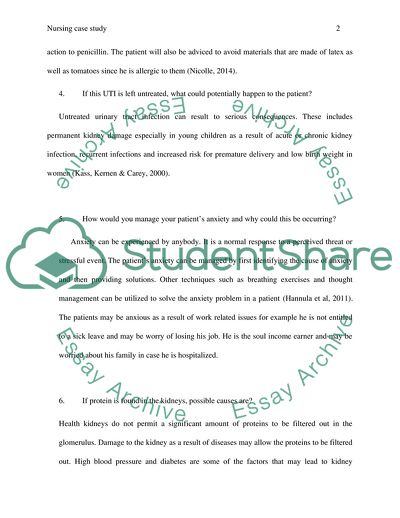Not Found (#404) - StudentShare. https://studentshare.org/medical-science/1860305-diagnosis-and-management-of-urinary-tract-infections
Not Found (#404) - StudentShare. https://studentshare.org/medical-science/1860305-diagnosis-and-management-of-urinary-tract-infections.


